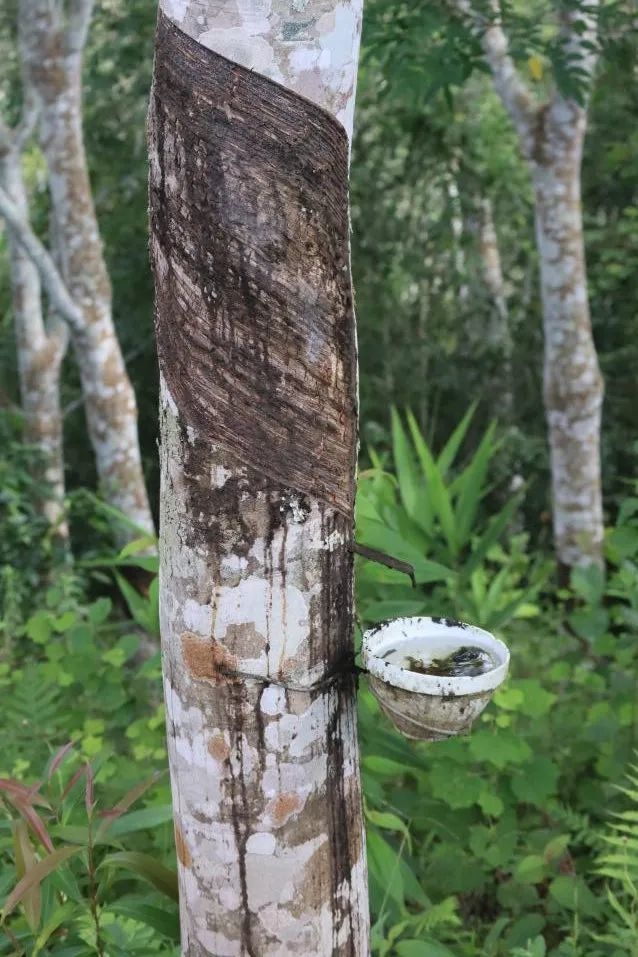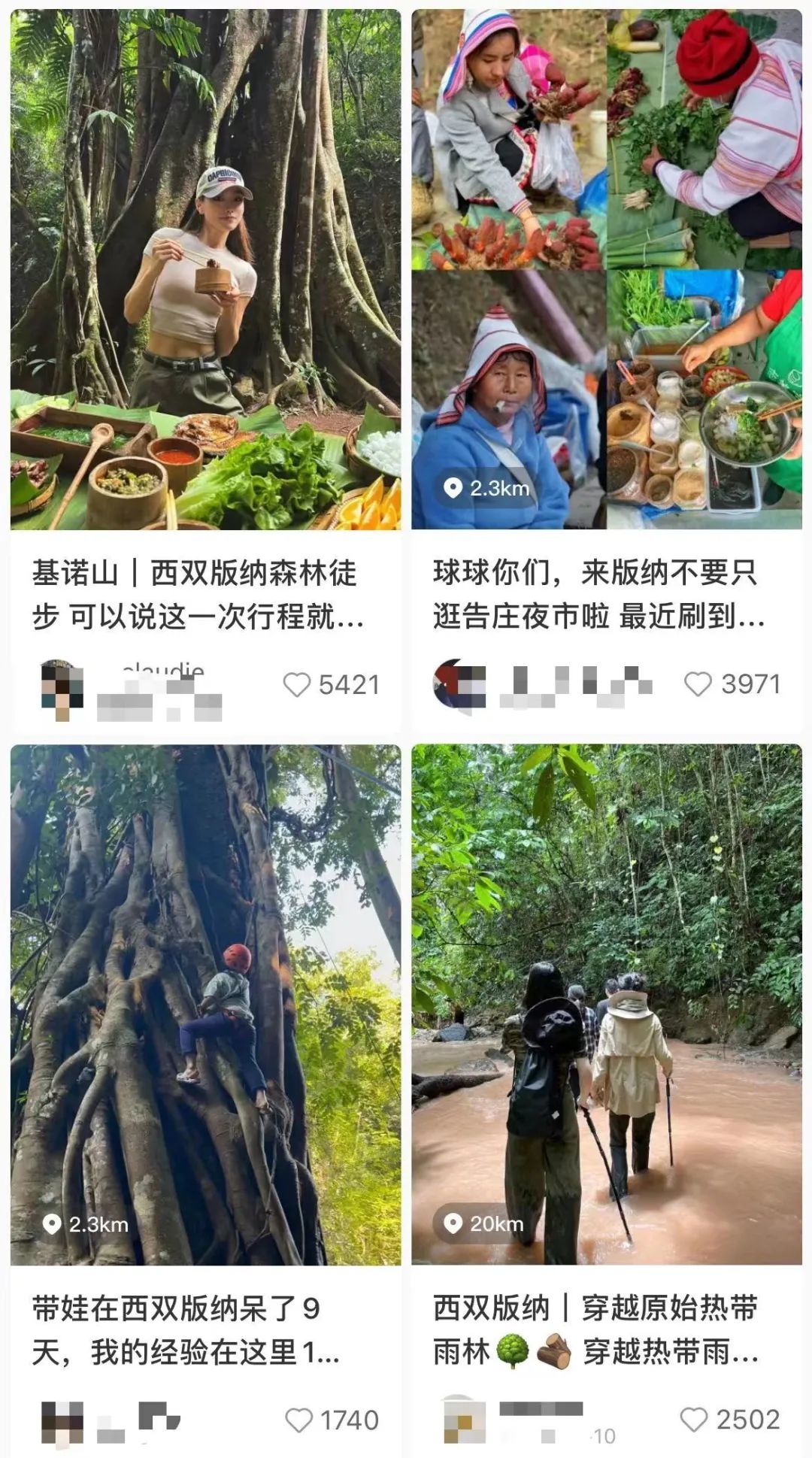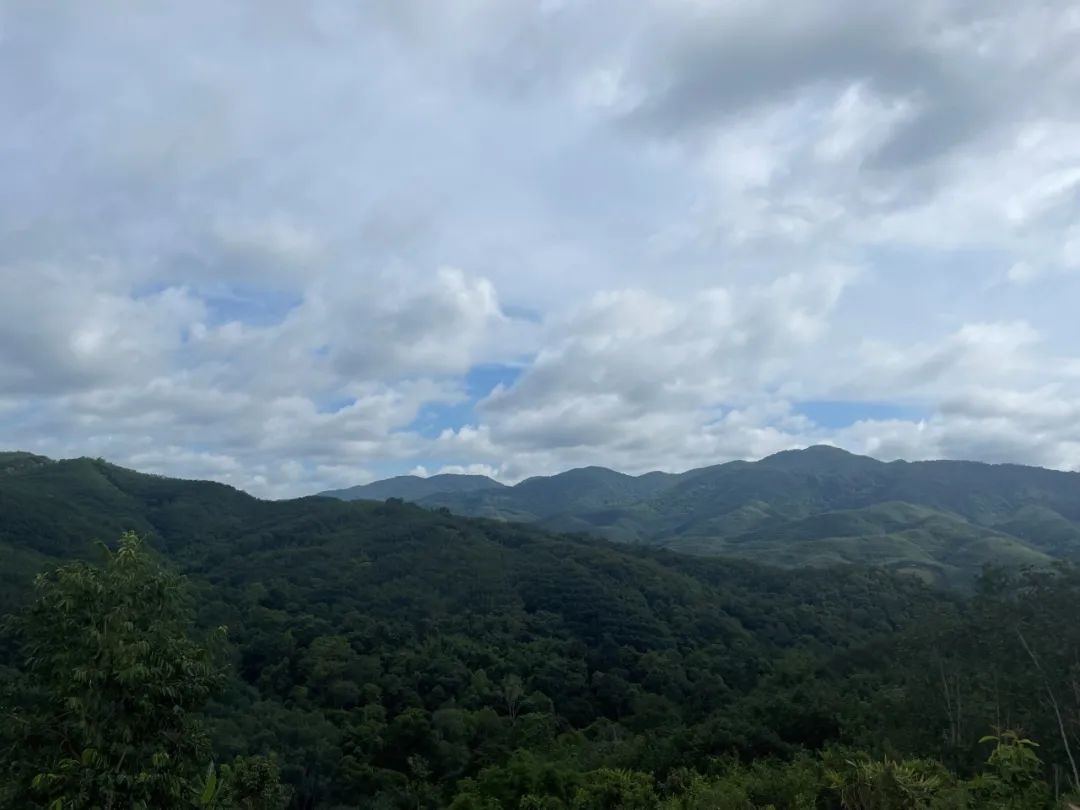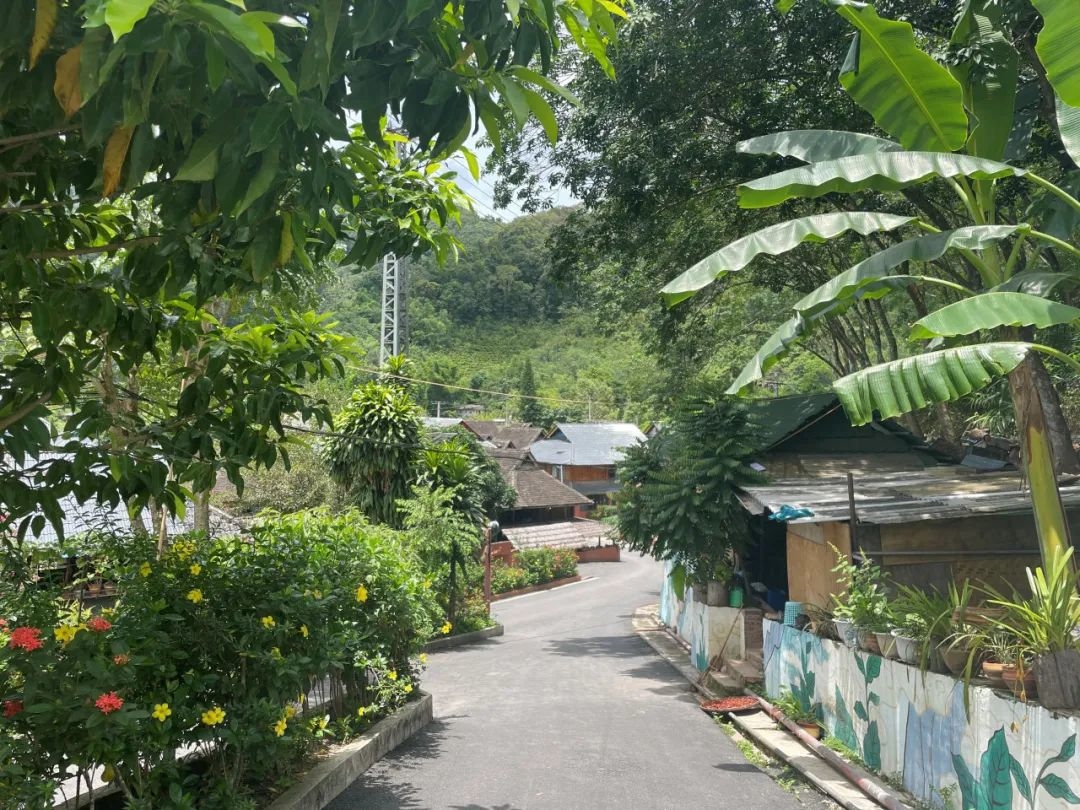15
2023.08
It was around two o’clock in the morning. Zhou Bulu set out from his home at Bapiao village for a rubber tapping expedition. His destination was the 60 hectares of rubber trees plantation situated 1,200 meters high on Jinuo Mountain. After completed his work, he planned to inspect his tea trees.

Rubber tapping on Jinuo Mountains
(photo by Liu Zhaoxi)
This is the typical daily life of the residents at Bapiao village, a Jinuo people community nestled within Xishuangbanna’s tropical rainforest. Rubber tapping and tea planting are the primary sources of their household income. However, while the high altitude of the plantation are not entirely conducive for rubber trees to thrive, the decreasing rainfall in recent years has been affecting the quality of tea leaves. These was further battered as rubber plantations not only lack water retention capabilities but also absorb significant water that would lead to desertification and water depletion.
Villagers like Zhou Bulu found themselves compelled to engage in labor-intensive work and bear worsening environmental conditions.
But things are changing now. The villagers in the rainforest of Jinuo Mountain are exploring more possibilities.
“Over the past two years, more people are coming here for rainforest hiking,” Zhou Bulu noted. In 2018, the Xishuangbanna Tropical Rainforest Conservation Foundation (XTCF) collaborated with a local travel company and launched the “Little Elephant Journey” rainforest hiking program, which was named after the elephant-like shape of the hiking area. Given the forest’s challenging terrain, local guides have become indispensable. Zhou Bulu, who joined the team last year, typically receives tourists at 9 o’clock in the morning, leads them on a 5 kilometer route, and introduces the culture and natural resources of Xishuangbanna along the way.

Posts about Jinuo Mountains hike on Xiaohongshu
(screenshot)
The popularity of rainforest hiking on Jinuo Mountain is palpable both online and offline. In January alone, over 15,000 visitors came to Jinuo for hiking. A search for “Jinuo Mountain” on Xiaohongshu, China’s answer to Instagram, yields numerous posts and pictures sharing these explorations. One post, which received over 5,000 likes, reads, “It’s truly fascinating... Our guide is a local Jinuo villager. He led us pass through the forest as if showing us his backyard.”
Guides earn 150-200 yuan (around 20-28 dollars) for every task, leading to increased earnings for Zhou Bulu. “Natural rubber sells at around 9.5 yuan per kilogram at present,” he explained. “It takes more than ten rubber trees to produce one kilogram of natural rubber, and each rubber tree can be tapped up to 15 times a month.” To do a rough calculation, Zhou Bulu needs to tap 200 rubber trees everyday in order to earn the income from one hiking trip.

The entrance of Bapiao Village
(photo by Cao Pengyuan)
For Dao Ronghua, being a hiking guide is not the only change in his life. Since 2018, he has become a “forest keeper” as the first participator in a program that converts rubber tree lands back to rainforest.
The program, also initiated by XTCF in 2018, primarily encourages villagers around Jinuo Mountains to remove rubber trees from areas unsuitable for rubber plantation and replace them with diverse trees. Villagers would receive 600 yuan per hectare every year as tree keeping fee.
“I used to be a leader in Bapiao village, and I understand the importance of rainforest preservation,” said Dao Ronghua. “Initially, none of my neighborhood were willing to participate in the program as they believed that natural rubber prices would rise.” However, Dao Ronghua thought that a mere increase in rubber price wouldn’t alleviate the hardship of villagers. To convince the villagers, he decided to be the first to take action.
With Dao Ronghua being the first mover, 34 households in Baopiao village have joined the program. Data released by the foundation showed that 503 hectares of rubber trees had been replaced by over 30,000 new trees by the end of 2022.

The view of Jinuo Mountains today
(Photo by Li Huitao)
Villagers now understand that substituting rubber trees according to natural conditions does not harm their livelihood. Instead, it addresses the severe soil erosion caused by rubber plantation, thereby improving the quality and quantity of their rubber and tree production.
Moreover, both the participation itself and the time saved from tapping rubber means more opportunities for making money. Zhang Xiyan, the chief perator of “Little Elephant Journey”, pointed out in an article in March that the restoration program and the hiking business are complement to each other. “Villagers are gaining additional income beyond rubber and tea. They are also gaining more confidence and willingness to restore the rainforest on which they once depended for their livelihoods.”
The possibilities for Bapiao village go beyond these.
Today the village boasts three rural resorts and five home stays that receiving hundreds of tourists every month. When strolling through the village, one will find all roads well paved with asphalt and all houses adorned with crafted doorplate. One may also encounter middle-aged ladies selling their tea and handicrafts through livestreaming. As the rainforest witnesses more vitality with enthusiastic hikers and diversified trees, the village in the rainforest continues to explore more possibilities.

Bapiao village today
(photo by Li Huitao)
Writer | Li Huitao
Design | Lin Yuxuan

2023.08.14 13:45
05
2025.09
05
2025.09
09
2025.06
 28:32
28:32
2025.06.19 08:55